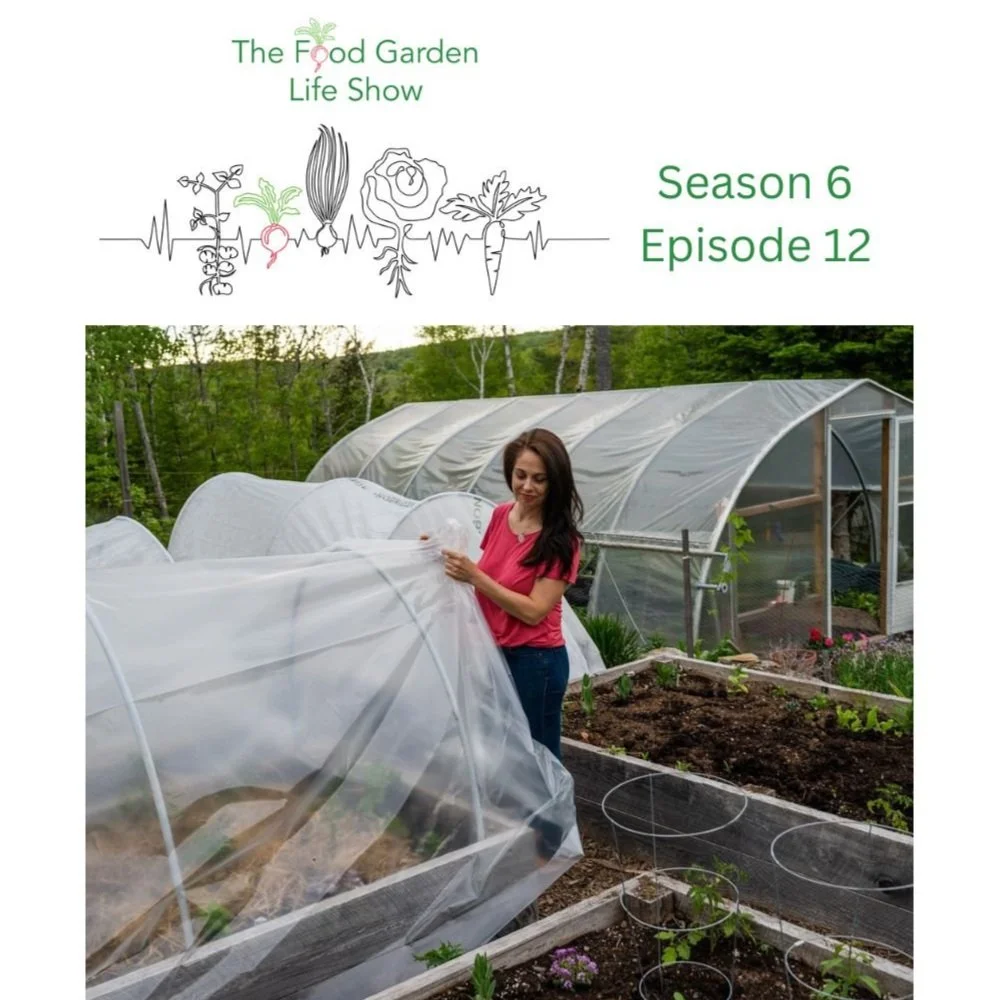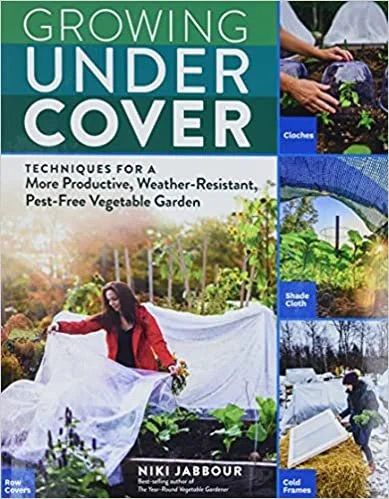Afraid of Late Spring Frost? Low-Tech Mini-Tunnels are a Simple Solution
Niki Jabbour on how to Make and Use Mini Tunnels
Less frost damage. Fewer bugs. Better growing conditions.
Mini tunnels have lots of advantages, and they're easy to make and use.
For this episode, we head to Nova Scotia to chat with vegetable gardening expert Niki Jabbour about how to make and use mini tunnels.
She’s the author of Growing Under Cover: Techniques for a More Productive, Weather-Resistant, Pest-Free Vegetable Garden and the creator of the online course How to Build and Use Mini Hoop Tunnels in the Vegetable Garden.
We talk about:
What mini tunnels are
Mini tunnels and weather
Mini tunnels and pests
Materials to make mini tunnels
Getting an early start in the spring garden
Turbo-charging heat loving crops with mini tunnels


